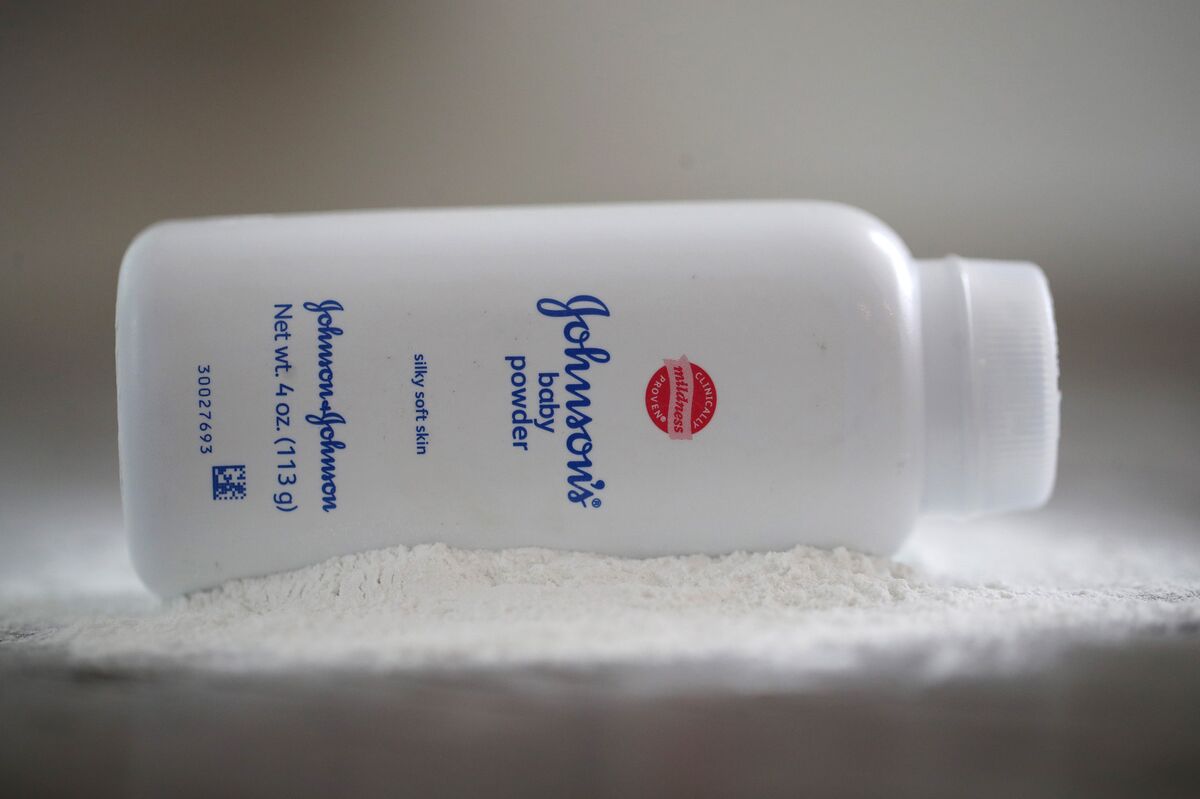
## Johnson & Johnson’s Bankruptcy Gambit Fails Again: A Legal Setback with Far-Reaching Implications
Johnson & Johnson, a name synonymous with household health and hygiene products, finds itself embroiled in a protracted and contentious legal battle. For years, the company has faced a deluge of lawsuits alleging that its talc-based products, including iconic baby powder, caused cancer in numerous individuals. These lawsuits, alleging exposure to asbestos in the talc, have resulted in billions of dollars in settlements and judgments against the company. In an attempt to manage this mounting liability and potentially limit future payouts, J&J has pursued a controversial strategy: using bankruptcy to create a trust fund to compensate claimants. However, this ambitious plan has now been thwarted for the third time.
The core of J&J’s argument hinges on the creation of a separate entity – a trust – that would assume responsibility for the talc-related lawsuits. By declaring bankruptcy for this newly formed subsidiary, the company hoped to shield its core business from the financial burden of the outstanding claims. The envisioned trust would then manage and distribute compensation to those who successfully claim harm. This maneuver, while seemingly designed to provide a structured resolution for victims, has been met with considerable legal opposition and ethical scrutiny.
The judge’s rejection underscores serious concerns about the legitimacy and fairness of J&J’s approach. Critics argue that the bankruptcy filing was strategically employed as a tactic to circumvent the established legal processes designed to ensure accountability for corporate wrongdoing. They contend that J&J, a financially robust corporation, is attempting to shield itself from the consequences of its alleged actions by exploiting the bankruptcy system, which is intended for companies facing genuine insolvency. The argument centers on the assertion that the bankruptcy filing was a manipulative maneuver, not a reflection of genuine financial distress.
The implications of this ruling extend far beyond J&J’s specific case. It sets a crucial precedent concerning the use of bankruptcy as a tool for managing mass tort litigation. The decision casts doubt on the viability of this strategy for other corporations facing similar large-scale liability issues. It reinforces the importance of holding corporations accountable for their products and their potential harm, discouraging the use of bankruptcy as a means to circumvent legal responsibility.
This repeated failure underscores the difficulty of navigating the complex legal landscape surrounding mass tort litigation. The judge’s decision suggests that courts are increasingly scrutinizing such tactics, prioritizing the rights of claimants and the integrity of the legal system. The long-term consequences for J&J remain uncertain. The company may face a renewed wave of individual lawsuits, forcing it to grapple with the complexities of defending each claim separately. This outcome potentially exposes J&J to even greater financial risk and reputational damage in the long run.
The rejection of J&J’s bankruptcy maneuver emphasizes the ongoing need for stringent product safety standards and robust mechanisms for holding corporations accountable for potential harm caused by their products. This case serves as a significant legal landmark, shaping future discussions on corporate liability, bankruptcy strategies, and the ethical implications of using legal loopholes to manage mass tort litigation. The fight is far from over, and the legal battle surrounding J&J’s talc products promises to continue its complex and protracted course.



Leave a Reply